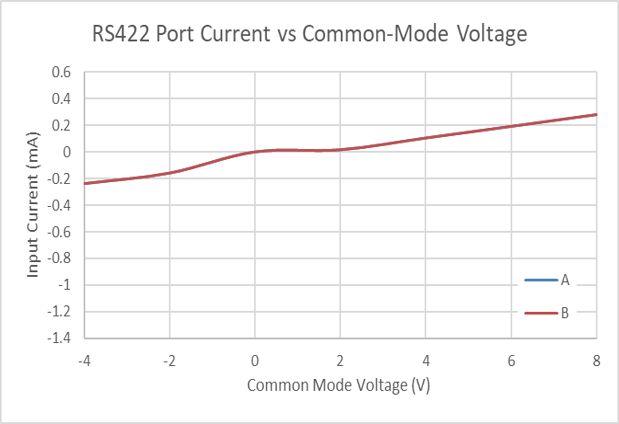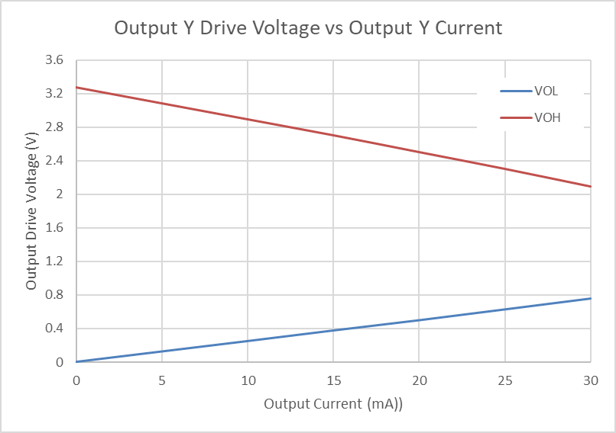SLLS202H may 1995 – august 2023 AM26LV32
PRODUCTION DATA
- 1
- 1 Features
- 2 Applications
- 3 Description
- 4 Revision History
- 5 Pin Configuration and Functions
- 6 Specifications
- 7 Parameter Measurement Information
- 8 Detailed Description
- 9 Application and Implementation
- 10Device and Documentation Support
- 11Mechanical, Packaging, and Orderable Information
Package Options
Refer to the PDF data sheet for device specific package drawings
Mechanical Data (Package|Pins)
- NS|16
- D|16
Thermal pad, mechanical data (Package|Pins)
Orderable Information
6.7 Typical Characteristics
 Figure 6-1 RS422
Port Current vs Common-Mode Voltage
Figure 6-1 RS422
Port Current vs Common-Mode Voltage Figure 6-3 Output Y Drive Voltage vs Output Y Current
Figure 6-3 Output Y Drive Voltage vs Output Y Current Figure 6-2 Output Y Leakage Current vs Output Y Voltage
Figure 6-2 Output Y Leakage Current vs Output Y Voltage